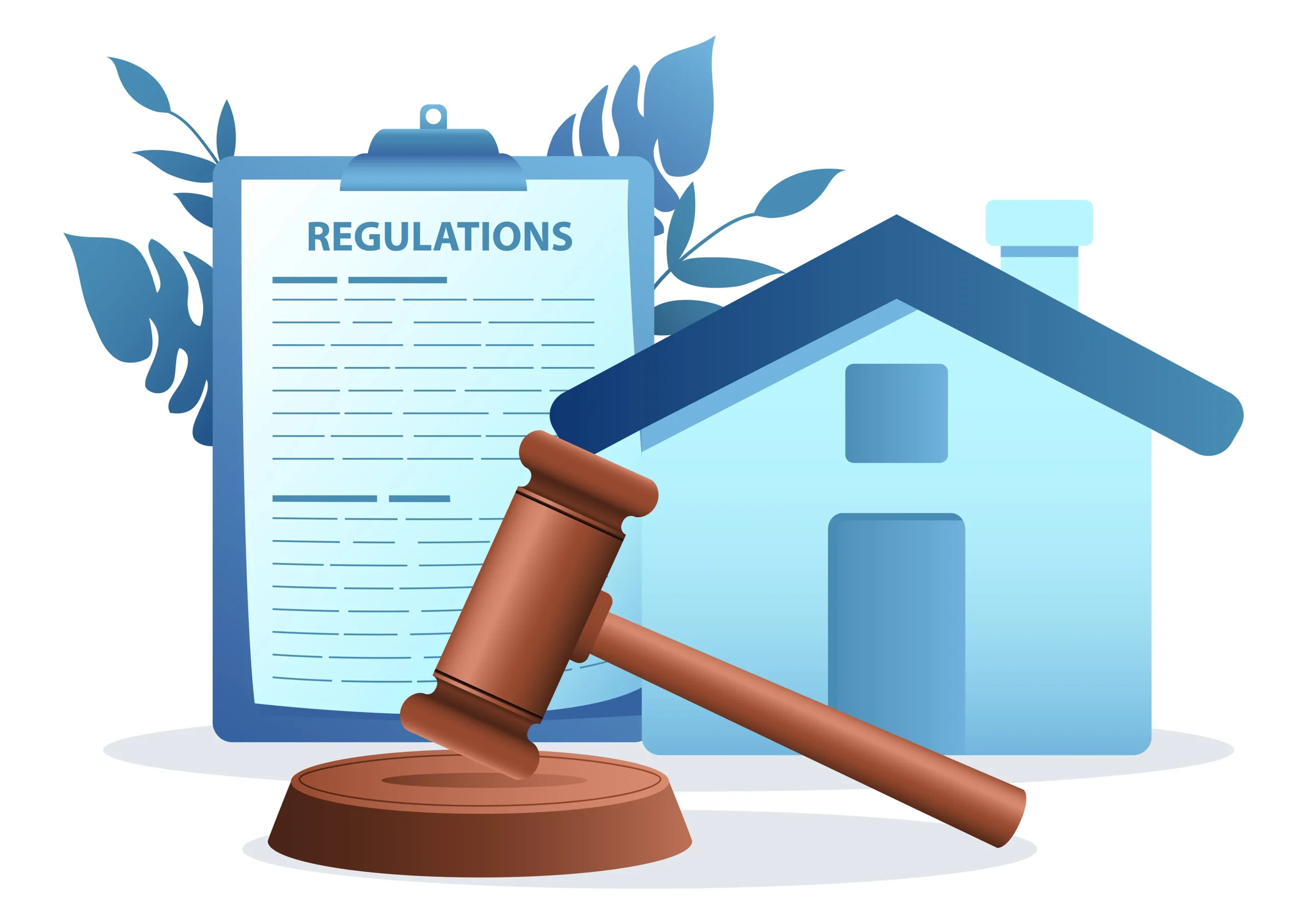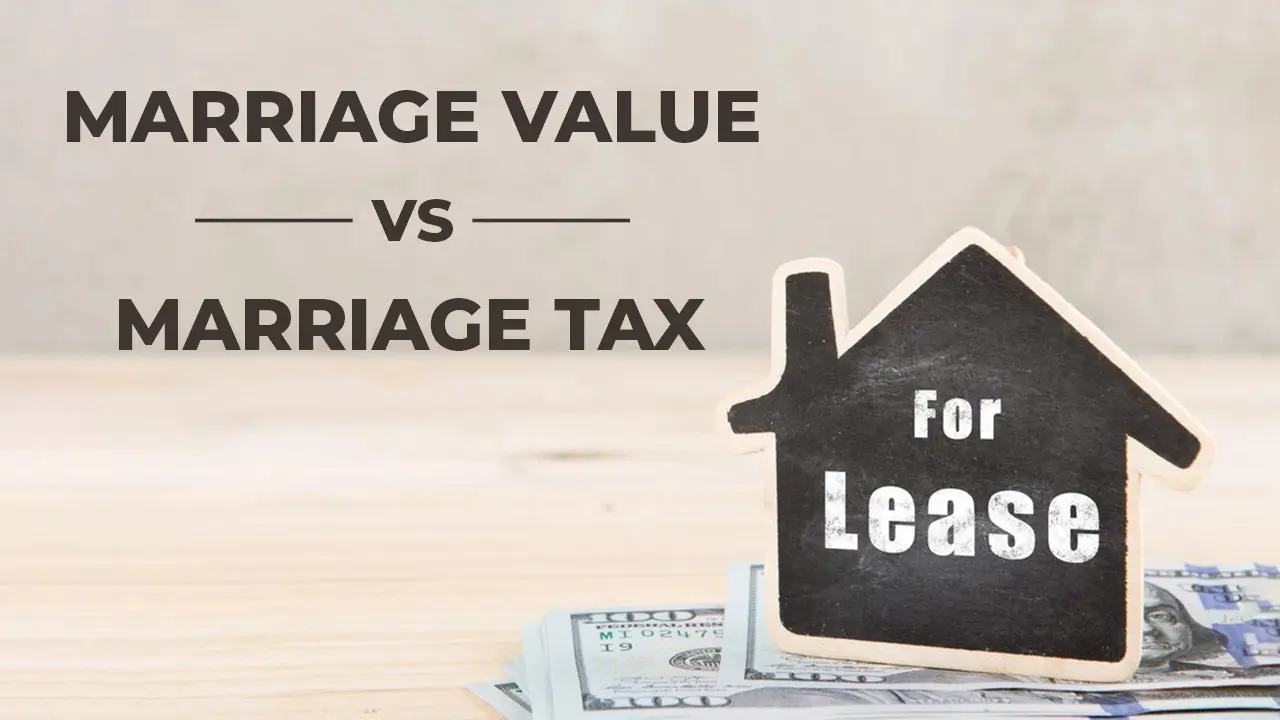In the realm of property law, leasehold arrangements have been the subject of evolving legislation to balance the rights and interests of both leaseholders and landlords. One crucial piece of this legal puzzle is Section 94 of the Leasehold Reform, Housing, and Urban Development Act 1993. This blog post delves into the nuances of Section 94, its implications, and how it empowers leaseholders within the United Kingdom.
Understanding Leasehold Enfranchisement
Before diving into Section 94, it’s important to grasp the concept of leasehold enfranchisement. This term refers to the process through which leaseholders gain greater control over their properties by either extending their leases or acquiring the freehold of their buildings. The Leasehold Reform Act 1993 was a watershed moment in this arena, ushering in legal provisions to level the playing field between leaseholders and landlords.
Section 94: The Right of First Refusal
Nestled within the Leasehold Reform Act 1993, Section 94 introduces the “right of first refusal.” This provision was designed to empower leaseholders when the landlord intends to sell the freehold of the building or an intermediate leasehold interest. The primary purpose of Section 94 is to offer leaseholders the opportunity to purchase the freehold or intermediate leasehold interest on similar terms to what the landlord was offered, thereby preserving their rights and investments.
The Mechanism of Section 94: Steps and Considerations
Section 94 is a multi-step process that unfolds when the landlord contemplates selling the freehold or an intermediate leasehold interest. Here’s a breakdown of the mechanism:
-
Landlord’s Offer:
Before proceeding with the sale, the landlord must serve an offer notice to the leaseholders. This notice outlines the terms and conditions of the proposed sale, giving leaseholders the opportunity to consider their options.
-
Leaseholders’ Response:
Upon receiving the offer notice, the leaseholders have a prescribed period (usually two months) to respond. They can either accept the offer or decline it. If they accept, negotiations ensue to determine the final price and terms.
-
Right of First Refusal:
The term “right of first refusal” is aptly named. Leaseholders, by virtue of Section 94, have the first opportunity to purchase the freehold or intermediate leasehold interest. This preemptive right is intended to prevent undue disadvantage for leaseholders.
-
Exercising the Right:
If the leaseholders decide to exercise their right of first refusal, they must follow the legal process, negotiate terms, and finalize the purchase. If they decline, the landlord can proceed with the sale to a third party, but only after adhering to certain procedures.
-
Role of Leasehold Valuation:
Leasehold valuation plays a crucial role in this process. It determines the fair market value of the freehold or intermediate leasehold interest, aiding both leaseholders and landlords in arriving at a reasonable price.
The Significance of Section 94
Section 94 holds immense significance for leaseholders as it empowers them to actively participate in ownership transitions. By providing the right of first refusal, the legislation safeguards the investments and interests of leaseholders, allowing them to have a say in the fate of their properties. This provision prevents the sudden change of landlords without the leaseholders’ knowledge or consent.
Challenges and Considerations
While Section 94 is a vital protective measure for leaseholders, challenges may arise during the process:
-
Timelines:
Leaseholders must act promptly within the prescribed timeframes to respond to the offer notice and exercise their right of first refusal.
-
Negotiations:
Engaging in negotiations for the purchase of the freehold or intermediate leasehold interest requires careful consideration of terms and pricing.
-
Professional Advice:
Leaseholders are encouraged to seek legal and valuation advice when navigating Section 94 to ensure fair terms and protection of their rights.
Conclusion
Section 94 of the Leasehold Reform Act 1993 stands as a cornerstone of leaseholder protection and empowerment. By granting the right of first refusal, this provision ensures that leaseholders have a seat at the table during property ownership transitions. Leasehold valuations emerge as a guiding light in this process, providing fair pricing, negotiation foundations, and informed decision-making. As leasehold arrangements evolve, Section 94 and the role of leasehold valuation remain pivotal, embodying the ongoing pursuit of balanced property rights and transparent ownership dynamics. Contact us for lease extensions and buy freehold valuations.









